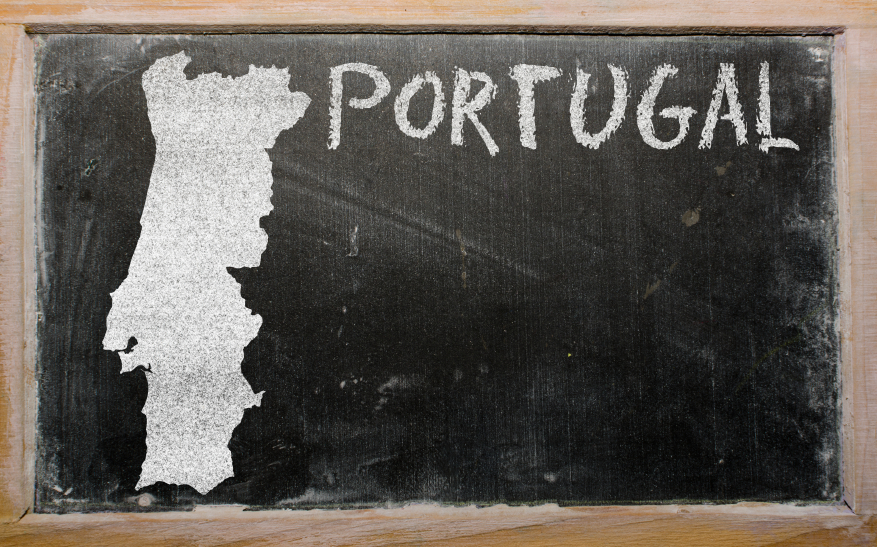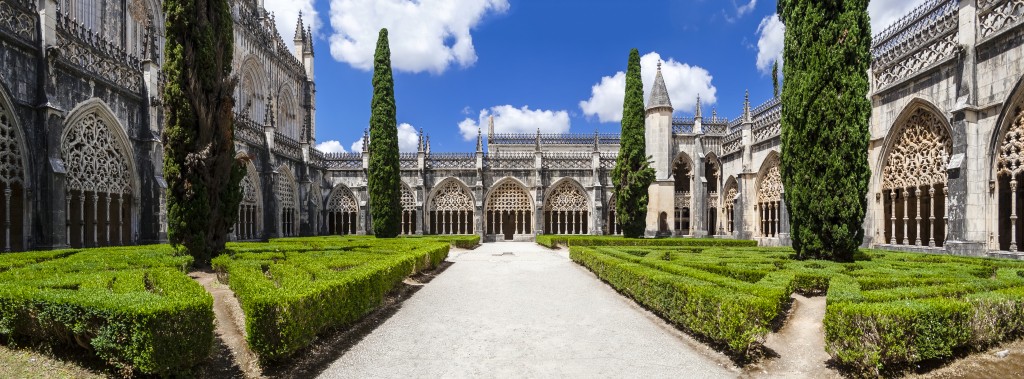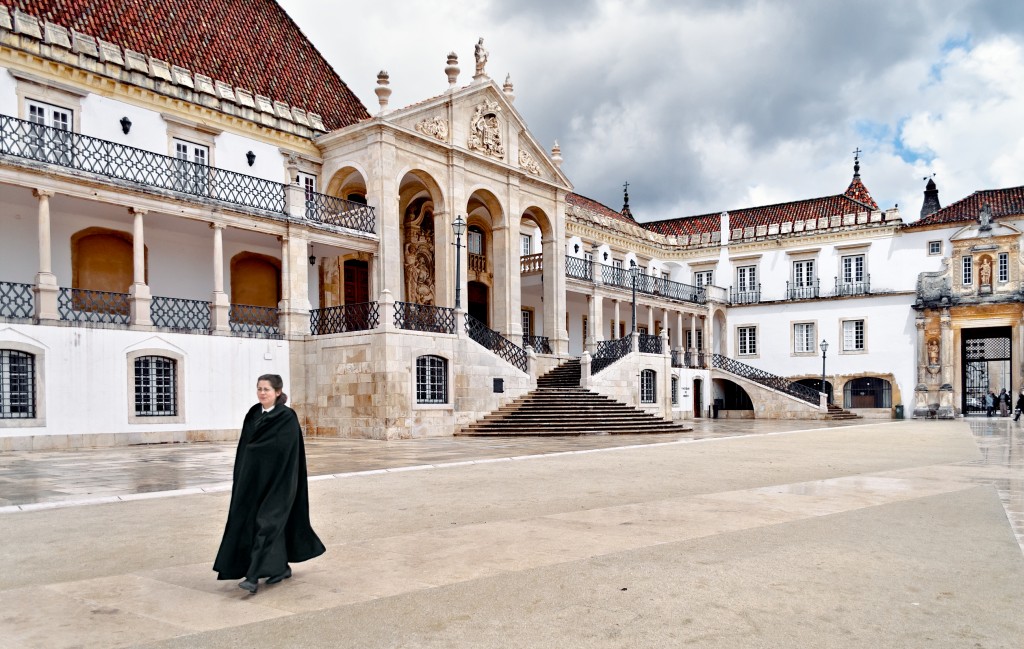Portugal is home to many World Heritage Sites, some of which we already discussed in Part 1 and Part 2 of this ongoing series. We’re now focusing on more sites that are included in UNESCO’s list, as Portugal has fifteen sites in total on the list.

At Pousadas of Portugal, we’re proud of the strong cultural heritage these sites offer, as well as their rich past and significance to the Portuguese people. When you visit the country, don’t miss out on the opportunity to explore these World Heritage Sites that have been the location of many critical events in history.
Batalha Monastery
There are many monasteries you can visit in Portugal, such as the Jerónimos and the Alcobaça monasteries. Another ancient and famous one is the Batalha Monastery (or Monastery of the Battle). This beautiful structure started being built in 1386 and took approximately two centuries to become the building that we see today.

D João I of Portugal, the king at the time, commanded the construction of the monastery to show gratitude to the Virgin Mary for the victory in the Battle of Aljubarrota. This building is of Late Gothic architecture intermingled with Manueline style, and has been part of UNESCO’s list since 1983.
The delicate, complex architecture is something that you need to see to believe and, by visiting this site, you can also explore the cloisters, the unfinished chapels and the chapterhouse, amongst everything else the monastery has to offer.
University of Coimbra
This is the oldest university in Portugal, and one of the oldest universities still in operation in the world. It’s also one of the largest in the country, as it has approximately 25,000 students, and was founded in 1290 in Lisbon; it went through several relocations until settling in Coimbra in 1537.

The University of Coimbra is home to the General Library, Botanical Gardens, sports facilities (including stadiums), a publishing house, an astronomical observatory, a museum, a theatre and many other facilities. The university has a strong focus on multiculturality and remains one of the most prestigious in Portugal.
Its ancient history and impact on education, as well as notable university buildings, made it the perfect candidate for UNESCO’s list.
Landscape of the Pico Island Vineyard Culture
Just like the Alto Douro Wine Region, the Landscape of the Pico Island Vineyard Culture has a strong historic and cultural past. Wine activity here dates back to the 15th century, and there are many individual homes, cellars, churches and solares (manor houses) dating from the 19th century peppering the landscape.
The 987-hectar zone classified as a World Heritage Site is comprised of patterns of parallel walls that are perpendicular to the rocky coastline, where vineyards grow. The walls were built to protect the grapes from the ocean mist and wind, but designed to let the necessary sunlight in.
Far from normal dirt, the soil is volcanic in origin, with mainly basalt rocks dominating the landscape – this creates unique wines loved across the world. An example is Russian Czar Nicholas II, who enjoyed drinking wine from the Pico region, as bottles were found in his imperial cellar after his death.


 Associado Nº 1.322
Associado Nº 1.322